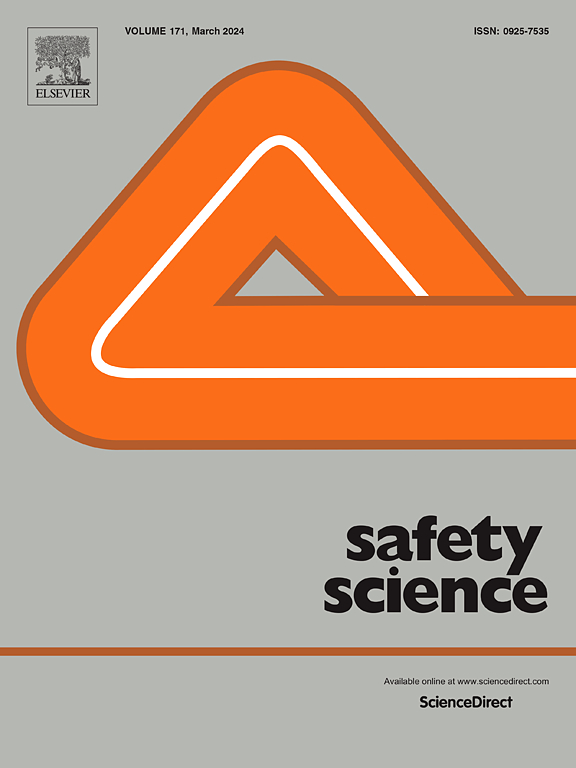Does human-AI collaboration promote or hinder employees’ safety performance? A job demands-resources perspective
IF 4.7
1区 工程技术
Q1 ENGINEERING, INDUSTRIAL
引用次数: 0
Abstract
With the widespread implementation of artificial intelligence (AI), human-AI collaboration has become an important and influential employment model. However, there is no consensus in the literature on its effectiveness, and little is known about how it affects employees’ safety performance. Drawing on the job demands-resources (JD-R) theory, this study proposes a double-edged sword effect model of human-AI collaboration on employees’ safety performance. Using three-wave data from 286 employees, the findings show that human-AI collaboration fosters intrinsic motivation and work engagement, thereby enhancing safety performance (the motivation pathway), while also increasing workplace loneliness and job burnout, which inhibits safety performance (the strain pathway). Furthermore, employee resilience amplified the positive impact of human-AI collaboration on intrinsic motivation and mitigated its effects on workplace loneliness. These findings enrich our understanding of human-AI collaboration and offer practical insights for AI adoption and safety management in organizations.
人类与人工智能的协作是促进还是阻碍了员工的安全绩效?工作需要资源的观点
随着人工智能(AI)的广泛应用,人机协作已成为一种重要且有影响力的就业模式。然而,文献对其有效性没有共识,对其如何影响员工的安全绩效知之甚少。本研究利用工作需求-资源(job requirements -resources, JD-R)理论,提出了人-人工智能协同对员工安全绩效的双刃剑效应模型。利用来自286名员工的三波数据,研究结果表明,人类与人工智能的协作促进了内在动机和工作投入,从而提高了安全绩效(激励途径),同时也增加了工作场所的孤独感和工作倦怠,从而抑制了安全绩效(压力途径)。此外,员工弹性放大了人类-人工智能协作对内在动机的积极影响,并减轻了其对工作场所孤独感的影响。这些发现丰富了我们对人类与人工智能协作的理解,并为组织中人工智能的采用和安全管理提供了实用的见解。
本文章由计算机程序翻译,如有差异,请以英文原文为准。
求助全文
约1分钟内获得全文
求助全文
来源期刊

Safety Science
管理科学-工程:工业
CiteScore
13.00
自引率
9.80%
发文量
335
审稿时长
53 days
期刊介绍:
Safety Science is multidisciplinary. Its contributors and its audience range from social scientists to engineers. The journal covers the physics and engineering of safety; its social, policy and organizational aspects; the assessment, management and communication of risks; the effectiveness of control and management techniques for safety; standardization, legislation, inspection, insurance, costing aspects, human behavior and safety and the like. Papers addressing the interfaces between technology, people and organizations are especially welcome.
 求助内容:
求助内容: 应助结果提醒方式:
应助结果提醒方式:


